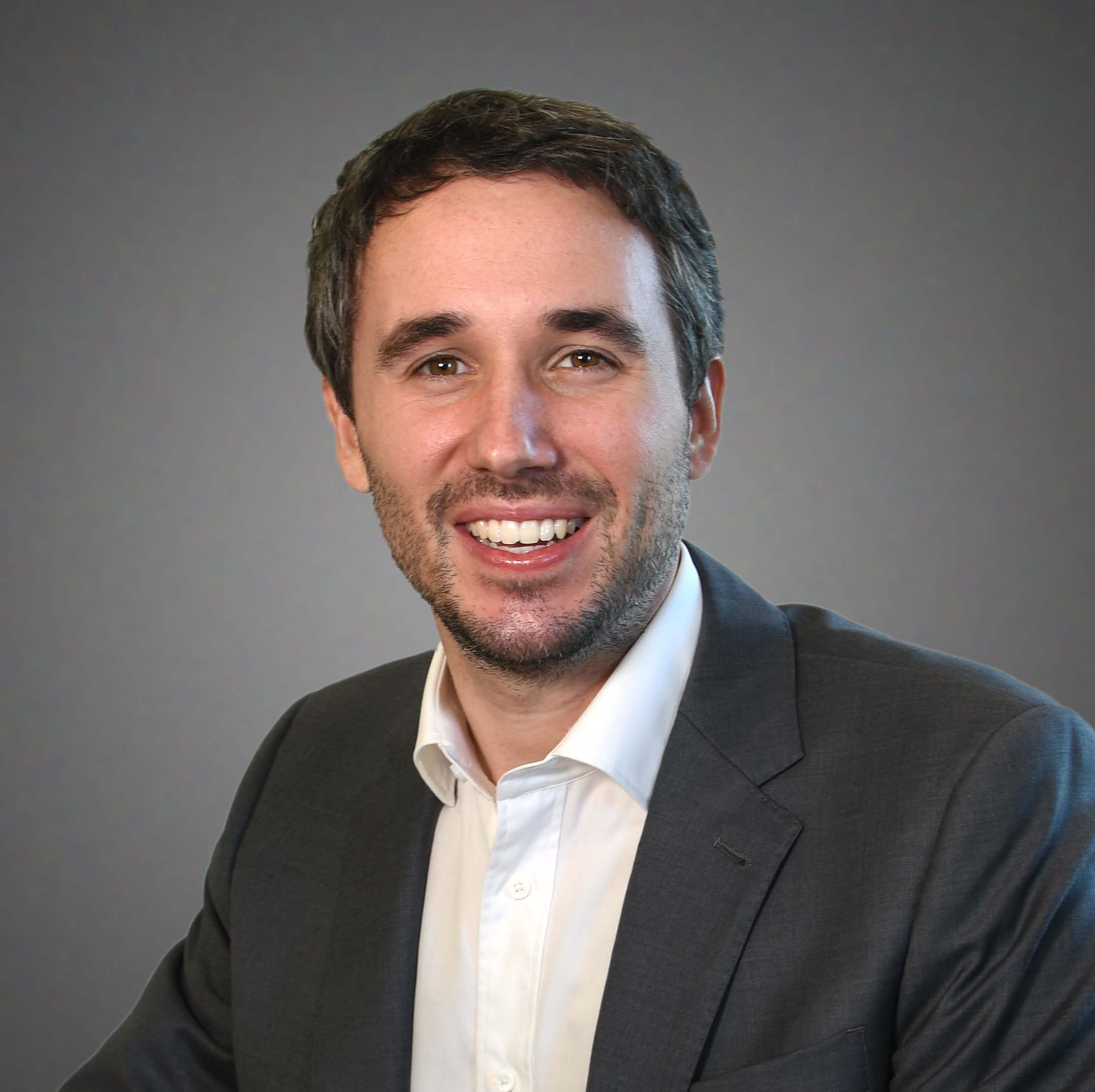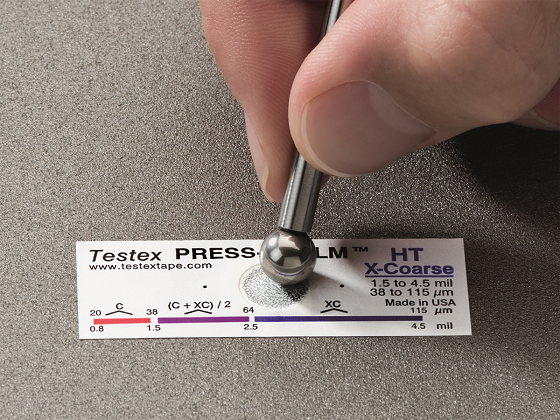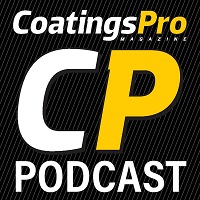DeFelsko Corp., a leading U.S. manufacturer of coating thickness gages and inspection instruments, is a multi-generational, family-owned company that has supplied “simple, durable, and accurate” instruments to the global coatings industry since 1965.
 Since 2019, Michael Beamish has served as vice president and general manager of the equipment provider. He has degrees in mechanical engineering and law with experience in the design, production, and marketing of these instruments in a variety of international industries, including industrial painting, quality inspection, and manufacturing.
Since 2019, Michael Beamish has served as vice president and general manager of the equipment provider. He has degrees in mechanical engineering and law with experience in the design, production, and marketing of these instruments in a variety of international industries, including industrial painting, quality inspection, and manufacturing.
In 2023, Beamish began serving on the Board of Directors for the Association for Materials Protection and Performance (AMPP) Global Center. He was also a member of the Editorial Advisory Group (EAG) at CoatingsPro Magazine, a member magazine of AMPP.
As part of an extended interview, Beamish shared some important lessons learned after spending nearly a decade in leadership positions within his company and the broader industry. Discussion topics include market trends over that time; why innovation and sustainability are among the industry’s biggest challenges; advice for the next generation of coatings professionals; and how associations such as AMPP, NACE International, and SSPC: The Society for Protective Coatings have helped both his individual career and that of DeFelsko as a company.
Read on for a partial Q&A transcript, and check out the full interview online at www.coatingspromag.com/podcasts or at the embedded link beneath this article.
Q: What are some of the trends you’re seeing in 2023 that have changed over your years in a leadership role?
Beamish: I think at the macro level, what I see is that people who were starting to get into digital inspection back then… are now much more advanced. Now, they have equipment that is reporting back to the cloud that is networked with one another. They’re really embracing the cradle-to-completion method of reporting where the data is all digital.
It starts on the gage when a measurement is taken, and it is either uploaded to the cloud via Wi-Fi or connected to a computer where there are reports created, etc. At the same time, the people who either weren’t measuring or were just starting to get into digital gages — or maybe were using mechanical gages, at the time — now they are moving into digital gages and just starting to get to the reporting.
So, from a macro perspective in the inspection industry, the biggest trend is reporting and digitization by far. Even in the early 2010s, you’d think that a lot of people were doing that… but it was amazing how much still happened on pen and paper.
In an industry where reporting and documentation is so critical, it’s not something that can change quickly or on a dime. What we see is that the industry is cautious. They wait until they are convinced that something is proven, and then they rapidly, rapidly take it on. That’s really what we saw in the latter half of the 2010s.

On a micro perspective, as far as individual product lines and that sort of thing… I think we’ve seen a really intense focus on surface preparation. Through my own research via papers [presented] at AMPP, as well as by reviewing … research from others at various conferences, I think it’s become clear that there is more than just making sure [the surface] isn’t too dusty and that the peak height in a blasted surface profile is sufficient.
Now, it’s about measuring salt concentrations, and it’s about going beyond peak heights [to] peak density and other surface morphology [parameters]…. There’s a keen awareness in the industry that we don’t know everything. There are still somewhat mysterious coating failures that don’t have a clear cause. It may appear from the documentation that everything has been done correctly, but something happened with the coating. I think we’re still on the cusp of that, and it’s still in process.
But the surface prep part certainly has matured a lot, and in my opinion, it is still maturing. I think we’ll continue to see innovative technologies and processes as the research clarifies.
Q: Moving forward, what do you see as some of the challenges that we need to address at an industry-wide level?
Beamish: I think the biggest challenges we see are with respect to innovation and sustainability. Companies in our industry [are] working to innovate to make their products better. But we’re also dealing with the ramifications of what our products do to the world. So we have to work with sustainability in mind.
Sometimes, that innovation isn’t necessarily to make an existing product work better but to be more sustainable. The challenge that brings is that a lot of things are changing, and they’re changing quickly. It’s not because you get a little bit of extra life. It’s because there might be a regulatory or other specification need… which means that suddenly, you need to make a change very quickly, or you’re not going to be able to use a given product or procedure.
As we see low-VOC [volatile organic compound] products and that sort of thing, that’s really done at this point. It seems to me that those regulations have passed. But that meant a whole new set of requirements and challenges for coating lifespan.
With surface preparation, I think that’s why it got so much focus. Because these newer, more sustainable coatings, those aren’t as resistant to poor preparation and poor application. So, where AMPP really helps the industry come together is in quickly updating standards and acting as a hub for research to improve the state of the art… to try and account for that.
I think another area the industry is challenged is with regards to its direction, globally. That’s especially the case as many of the coatings that we rely on aren’t necessarily being applied here. Other parts of the world are starting to expect the quality levels and procedures that we’ve relied on for decades. So, it’s about disseminating that knowledge to people who don’t necessarily speak the same language. They aren’t even necessarily at work for an hour [of overlap] relative to the time we’re at work here.
We need to manage AMPP’s expansion in the Global South, the Global East, etc., to really be the force to do what it does so well. We already do it for many regions that are more established, and now we need to do it in those emerging regions as well. That’s not easy to do. That means creating new contacts, and it means working with new organizations and people to suddenly put something together, like training or standards. It’s not easy.
Q: What advice would you have for someone that is just getting started in this association world, or for somebody that is just starting their career… like you were a decade ago?
Beamish: One of the things I enjoy most about participating in AMPP and going to conferences is that as we bring on new members of our sales and marketing teams, we’ll often bring those new entrants to this industry to the AMPP conferences. We really try and have them embrace the industry organization, just because we believe in it that much.
 My advice to them, and anybody just getting started with AMPP, is to just put yourself out there and try to just talk to whomever. There are a lot of people with many letters after their name as far as qualifications and incredible reputations… but almost to a person, everybody in this industry is very welcoming, pleasant, nice, and loves to talk about what they do.
My advice to them, and anybody just getting started with AMPP, is to just put yourself out there and try to just talk to whomever. There are a lot of people with many letters after their name as far as qualifications and incredible reputations… but almost to a person, everybody in this industry is very welcoming, pleasant, nice, and loves to talk about what they do.
I always encourage my team to get out there, ask questions, talk, and participate. Go to a paper [presentation]. You might not understand what it is about or know who the presenters are. Just go and learn and maybe ask questions or talk to the presenter afterward. This is one of the reasons why I love this industry so much. It has really great people in it. It has nice and respectful people.
I’ve honestly never had a negative social interaction with anybody at a conference. It’s always been pleasant, even with my competitors, and even with people we fiercely compete with all around the world. It’s always collegial and friendly. Don’t be afraid to put yourself out there. Get there in person. Travel, talk, visit all the booths, and go to the papers [presentations]. I think it becomes pretty addictive and very compelling very quickly.
Michael Beamish made these comments on a recent episode of the CoatingsPro Interview Series. To hear the complete episode, listen below.